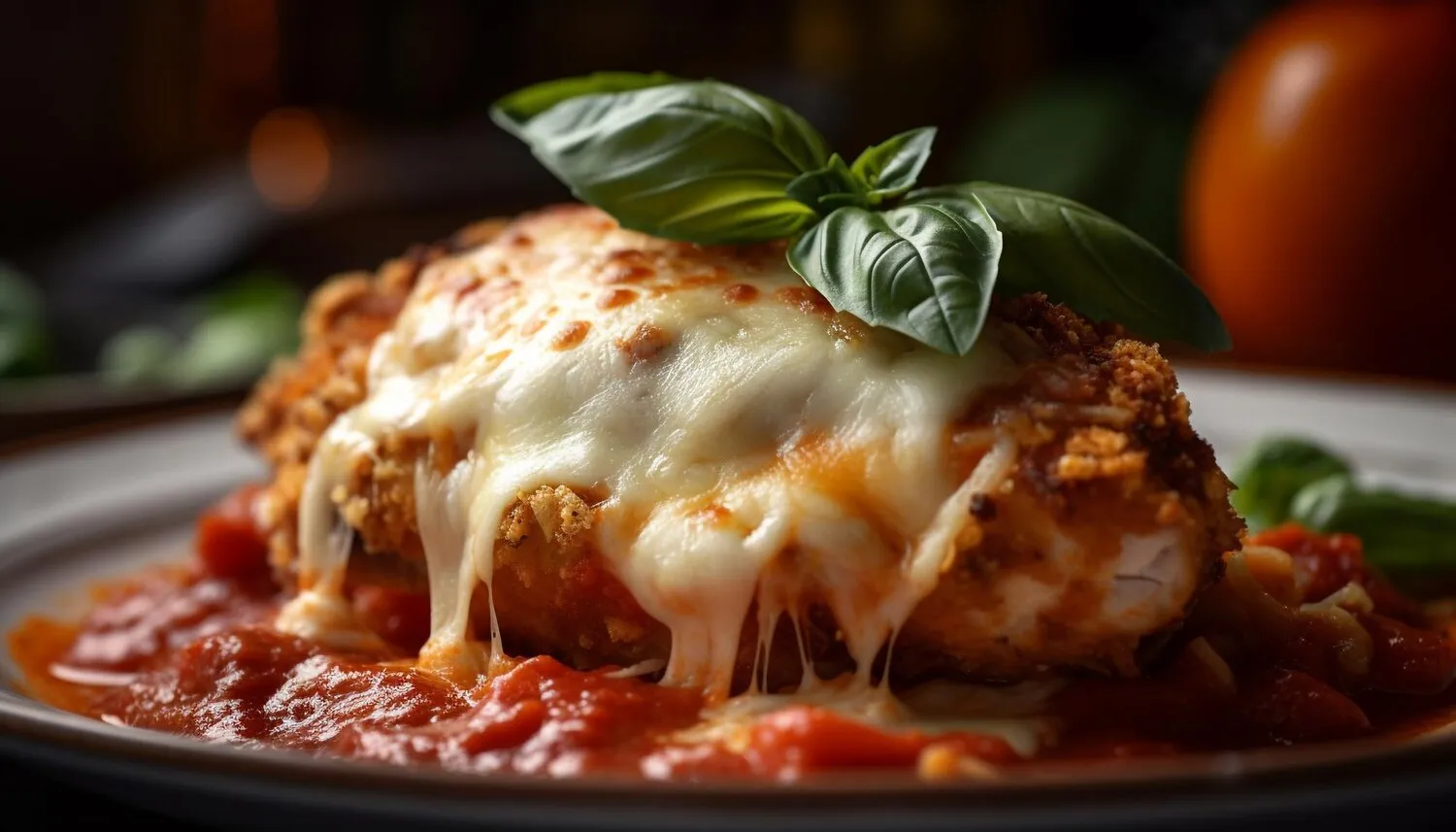
Gyro Plate
Classic gyro meat served with pita bread, tzatziki sauce, and sides (often fries and salad).
Nutrition Facts
* The % Daily Value (DV) tells you how much a nutrient in a serving of food contributes to a daily diet. 2,000 calories a day is used for general nutrition advice.
The gyro, derived from the Turkish döner kebab, arrived in Greece in the early 20th century with immigrants from Anatolia. It was initially known as 'döner' or 'dourum.' The process of adapting the dish to Greek tastes, including the use of pork or chicken (instead of primarily lamb), the pita bread, and the addition of tzatziki sauce, led to the creation of the modern gyro as we know it.
The gyro plate is a staple of Greek cuisine and a popular street food enjoyed both as a quick meal and a sit-down dish. It represents a blend of culinary traditions and is deeply ingrained in Greek culture.
Street Food Staple
Gyros are widely available from street vendors and fast-food restaurants throughout Greece, making them an accessible and affordable meal for people of all ages and backgrounds.
Social Gathering Food
While often eaten individually, gyro plates can also be shared among friends and family, especially during informal gatherings or celebrations.
Regional Variations
Although generally consistent, regional variations in seasoning, meat types, and toppings can be found across Greece, reflecting local culinary preferences.
The gyro plate offers a savory and tangy flavor profile, combining seasoned meat with cool, refreshing accompaniments.
The dominant flavor comes from the gyro meat itself, which is typically a blend of beef and lamb, seasoned with a mix of herbs and spices like oregano, garlic, paprika, and cumin. The cooking process on a vertical rotisserie allows the meat to develop a crispy exterior and juicy interior. Tzatziki sauce, made from yogurt, cucumber, garlic, and dill, provides a cooling counterpoint to the savory meat. Pita bread offers a soft, slightly chewy base, while additions like tomatoes, onions, and sometimes lettuce contribute fresh and tangy notes.
Meat Quality
The quality of the meat is crucial. Look for gyro meat that is well-marbled and evenly cooked on the rotisserie.
Fresh Ingredients
Ensure that the accompanying vegetables (tomatoes, onions) are fresh and crisp, and that the tzatziki sauce is freshly made.
Proper Presentation
A well-presented gyro plate should have a balanced proportion of meat, vegetables, and tzatziki sauce, ensuring that each bite is flavorful and satisfying.
Customize it!
Don't be afraid to customize your plate. Adding a squeeze of lemon juice, a sprinkle of feta cheese or a dash of hot sauce can provide extra flavor.
Explore additional Classic dishes and restaurants
Explore ClassicDiscover top dining spots and culinary experiences in Fayetteville.
Explore FayettevilleLearn more about the food culture, restaurant scene, and culinary heritage of United States.
Explore United States